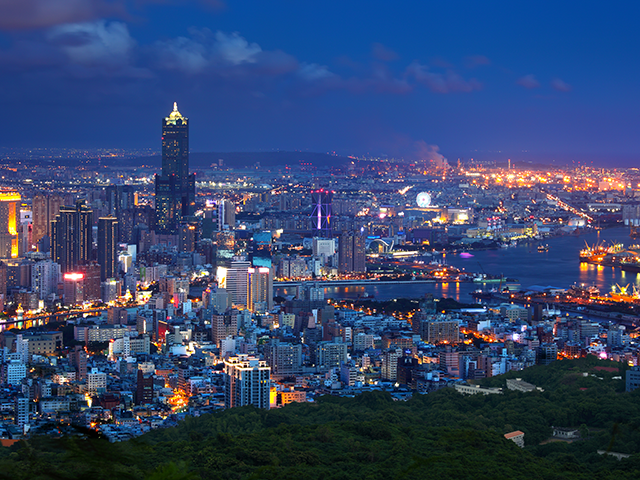Rolling blackouts left 4 million people in Taiwan without electricity for several hours Thursday after the Singda Power Plant in Kaohsiung City reportedly suffered a grid malfunction.
“At 2:37 pm, a malfunction at an ultra-high-voltage substation in Kaohsiung’s Lujhu District triggered four generators at the Singda plant to go offline, cutting power output by 2.2 million kilowatts and prompting Taipower [the state-run Taiwan Power Company] to initiate rolling blackouts nationwide as it worked on the problem,” the Taipei Times reported on May 13.
“Rumors that we ran out of power or something went wrong with the Singda plant are false. This is a grid malfunction,” Taipower spokesman Chang Ting-shu told reporters at a press conference in Taipei on Thursday.
“A bus, or connection feeder, had failed at the Lujhu substation, which caused the voltage to drop precipitously,” Chang said.
“As emergency controls kicked in, two coal-fired generators and two liquified natural gas generators were shut down at the Singda plant,” he said, adding that “the exact cause of the bus failure remains unknown.”
Taipower restored electricity to Singda Power Plant by 8:00 pm on Thursday, saying no further blackouts were expected.
By subscribing, you agree to our terms of use & privacy policy. You will receive email marketing messages from Breitbart News Network to the email you provide. You may unsubscribe at any time.
“Operations at ASE Technology Holding Co, the world’s largest chip packaging and testing services provider, had been affected,” the company told the Taipei Times in a text message on Friday, adding that “the full impact was yet to be determined.”
“Taiwan Semiconductor Manufacturing Co (TSMC) said its power had been restored after a ‘brief power dip.’ Other semiconductor firms in Hsinchu, Tainan and Taichung, also said they were not impacted,” Deutsche Welle reported on May 13.
Taipower was unable to use water as an alternative power generator during Thursday’s outage because of an ongoing regional drought, Taiwan’s Ministry of Economic Affairs said on Friday.
Seasonal typhoons have traditionally supplied Taiwan with more than half of its water supply, Yuei-An Liou, a professor at the National Central University’s Center for Space and Remote Sensing Research in Taoyuan, Taiwan, told the Wall Street Journal (WSJ) in April.
No typhoons hit Taiwan in 2020, causing the island to suffer its worst drought in 56 years, according to the Taiwanese government.
“Households in areas under top-level restrictions go without running water two days per week,” the Associated Press (AP) reported May 7. “They include Taiwan’s second-biggest city, Taichung, with 2.8 million people, and Miaoli and Changhua counties.”
“Other cities are restricting total water supplies for each customer. They include Hsinchu, one of the biggest global centers for semiconductor manufacturing, and Tainan and Kaohsiung in the south,” according to the AP.
“Taiwan’s three science industrial parks, which house most of the island’s chip-making facilities, have had to curb their water intake but are so far exempt from stoppages, which has helped stave off disruptions,” WSJ reported on April 16.
Semiconductor producers require enormous quantities of water to produce chips. The facilities specifically use water to “clean the [chips’] wafer base, etch patterns, polish layers and rinse components throughout the manufacturing process,” according to WSJ. Two-thirds of the world’s semiconductor manufacturing capacity is located in Taiwan, meaning its historic drought over the past year has significantly impacted an already dire and unprecedented global chip shortage.

COMMENTS
Please let us know if you're having issues with commenting.